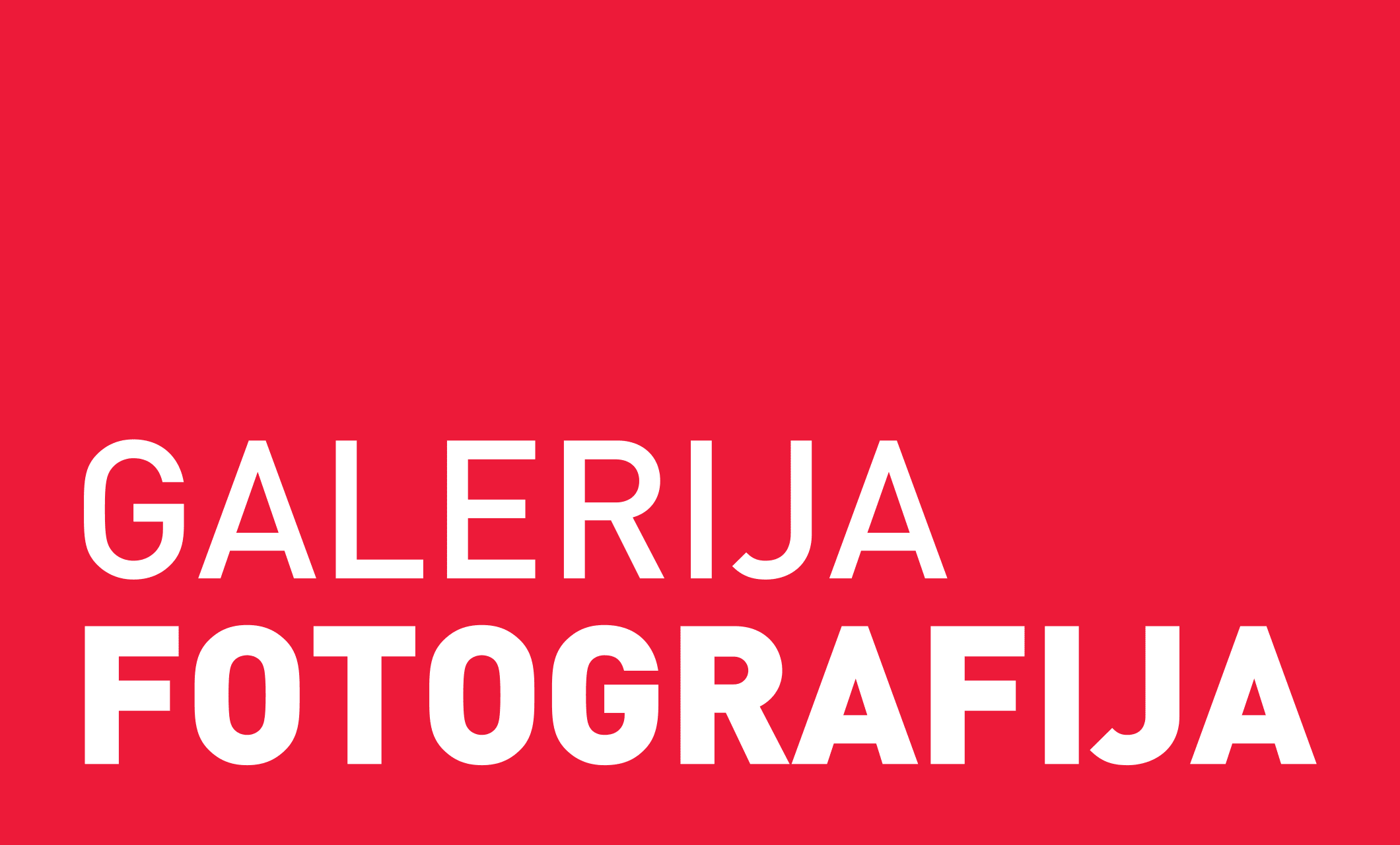Boris Gaberščik: Von Dieser Welt
Boris Gaberščik is one of the most recognizable and most productive Slovenian photographers. He recently presented himself with the alchemically inspired series Solve et Coagula. Yet alchemy, which provides a basis for Gaberščik’s previous work, does not suffice for interpretation any longer. The mystical dimensions of his works are now substituted by the profane, which is expressed in the very title of the new series – Von dieser Welt or “of this world”.
Gaberščik’s atelier is a cemetery of found objects, which strewn across the floor await their revival. When he sets them in front of the lens, they seem to rise from the dead, and begin a new life under the photographer’s masterful manipulation of light. The resurrection of the objects might suggest a biblical connotation, but is in no way sacral in character, a fact supported by the very title of the series. While Jesus says in John’s gospel: “My kingdom is not of this world,” [1] ist nicht von dieser Welt, Gaberščik claims the opposite – he places his photographs in the earthly world, more so than he has done in his previous series. While Von dieser Welt retains certain elements of alchemy observed in Solve et Coagula, as well as the Ordo ab Chao concept of order above chaos, the essence of the work is now different. It is something that originates from this world and is intended for its inhabitants.
The artist remains consistent both in technique and imagery; he builds his visual opus through an array of found objects, plastic toys, porcelain cups and cracked glasses, dead birds and bugs, all of which he arranges in numerous combinations and compositions. With calculated lighting and masterful manipulation of light and shadow, which places Gaberščik in the very peak of Slovenian photography, the author breathes life into seemingly useless objects. He creates a depth and shape which Sosić deems almost sculptural,[2] and he awards a status of treasure to discarded, worthless objects. Gaberščik proves once again that he has an expert understanding of light, which has both technical and content-related effects in his work, and is used to create optical and spatial illusions. Light is also crucial in establishing the atmosphere of the photo – after all, the feel of the photograph could function very differently under another light.
In contrast with Gaberščik’s previous series, Von dieser Welt is no longer bound to silent contemplation, but ventures out from the solitary world of objects into the world of people and social action. Alchemy has been Gaberščik’s inspiration throughout his entire creative work, yet Von Dieser Welt invokes the feeling that alchemy is present only in the technical aspects of his work, while the artist searches elsewhere for meaning and content. With a playfulness which is both subtle and telling, the author names his newest works – Triumph of Civilization, which places an oil cistern on a symbolic peak, reminding us of environmental issues, East and West, where he confronts a modern, West-German Mercedes against an antiquated, East-German Trabant, Political party, where porcelain cups are composed into a fragile whole. Through such topics, the author presents his world view for the first time – one that is much more critical and less frequently expressed in his other works. In these works, sentimentality is somewhat replaced by rationality, even though Gaberščik’s content is always of a personal nature. This, combined with his characteristic poetic silence, achieves a powerful effect which is both critical and humorous. The photographs in the new series are connected through composition as well, since object-structures are consistently placed on the horizon, the line of which is always visible. The horizon helps link the works together and creates a sense of unity in the series.
Gaberščik likes to stress that he is a photographer, not an artist. The very fact that he contextually differentiates between the two terms speaks volumes of his awareness of the medium of photography, and his passion for its tradition. He dedicates some of his works to photographers he admires, such as Czech Ivan Pinkava (Materia for I. Pinkava) and American Paul Outerbridge (Disaster of Paul Outerbridge’s Egg). A review of Gaberščik’s opus attests to the fact that he is a sworn photographer, who is both technically and aesthetically loyal to the tradition of photography – his works are exclusively analogue, developed from negatives in his laboratory and toned with selenium. The artist’s commitment to the field of photography does not imply, however, that he is limited by it. His interests are diverse and extend to different areas of art and science, which can be observed in his “hommages” – to painters George Baselitz and Paul Klee, inventor Von Kempelen and writers Terry Pratchett and Umberto Eco.
Gaberščik’s opus is ruled by consistency but never monotony, and Von dieser Welt establishes that he is in no way a one-dimensional photographer. In fact, he is the opposite, and it seems that he is changing and improving with each new series. As such, Von dieser Welt is a series unlike any of his prior works – filled with humorous social criticism and compelling optical illusions, but also a certain melancholy elegance, so typical of Gaberščik’s work.
Hana Čeferin





